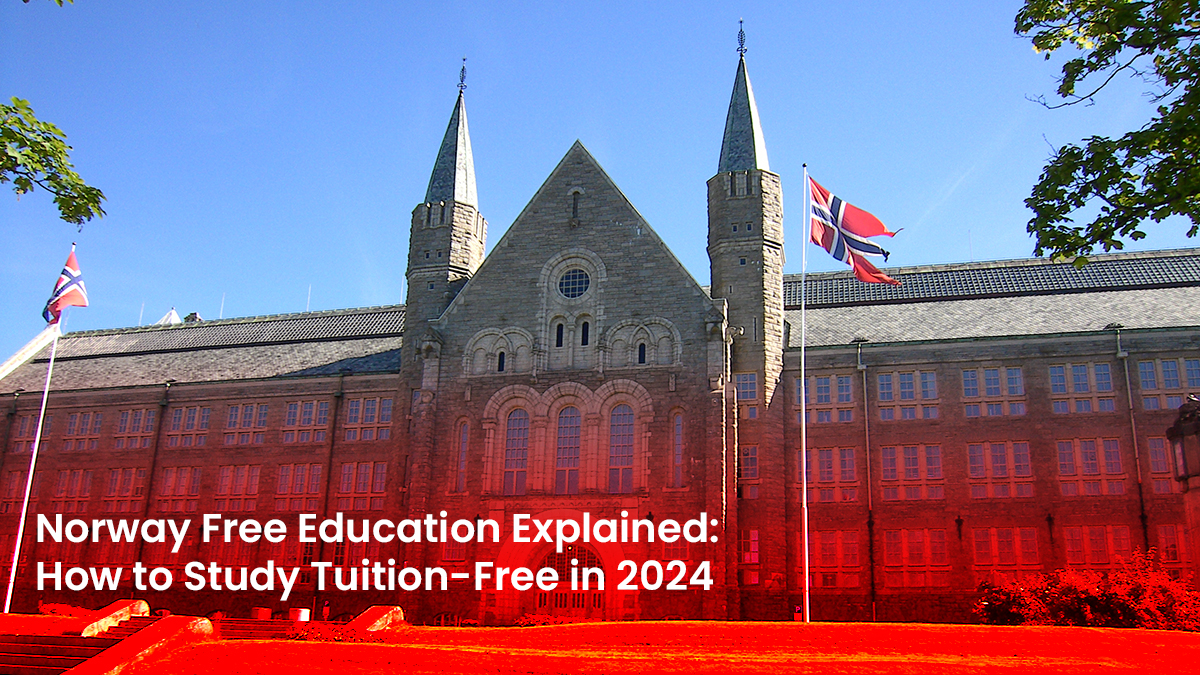An international student’s eligibility to work will usually depend on their visa type. Thus, not all international students can take on part-time work in the United States. In fact, most of the time, international students in the country are discouraged from having part-time work—they just have to make sure that they have enough financial capacity while staying there.
That said, for those who want to work part-time in the United States, you can use this quick guide.
What are the Benefits of Working Part-Time in the US?
The United States has one of the biggest economies—thus, one of the highest costs of living in the world. Although many international students, before they enter the country, are asked for documentation of their finances to ensure they have enough money to stay there, being able to work can still bring huge opportunities for them. One, students can use the money they earn to supplement their daily expenses in the country, and two, they increase the chances of getting better career opportunities after graduation.
Visa Types and Conditions for Working
The United States gives three types of visas for international students, and each visa type corresponds to the purpose of students. These visas are F-1, M-1, and J-1.
J-1 visas are given to international students who are participating in an exchange program in the United States. For the purpose of this article about part-time work, we will only discuss F-1 and M-1 visas below.
F-1 Student Visa
Students with this visa belong to those studying for a degree or studying English in an accredited U.S. college, university, or English language institute. As a rule, F-1 student visa holders are only allowed to work on-campus during their first year.
After finishing their first year, they can work off-campus through Optional Practical Training (OPT), Curricular Practical Training (CPT), and Science, Technology, Engineering and Mathematics, Optional Practical Training Extension (STEM-OPT). F-1 students are also limited to taking on practical training that is related to their area of study and only after completing their studies.
An F-1 student will only be allowed to work in other off-campus situations if they experienced some unforeseen circumstance usually related to their economic standings, such as the loss of financial assistance, unnecessary increase in their living costs and tuition fees, loss of their on-campus employment, and unexpected changes in their financial situation and source of financial support.
M-1 Student Visa
M-1 students belong to those who are studying in the United States, for non-academic or vocational studies. Unlike F-1 students, M-1 students can only work in an off-campus job that is related to their area of study and after completing their studies. In addition, their off-campus job should first be authorized by their institution’s Designated School Official.
Having part-time work in the United States is not for everyone. Thus, many international students have to find other ways to finance their studies. To learn about other ways to finance your studies, check out MSM Unify’s article on How to Get Financial Assistance as an International Student to know more.












